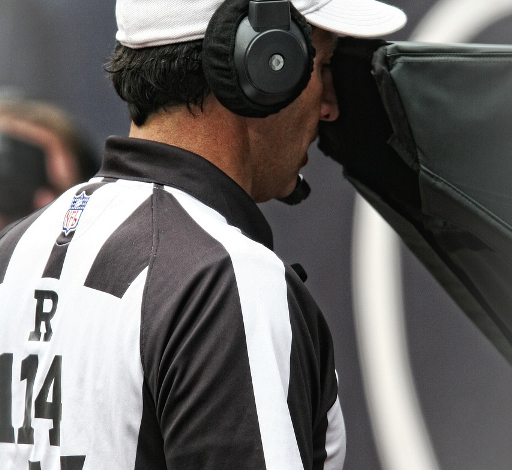
Sports has always been driven by stats and numbers. Batting averages, shooting percentages, timed speeds, scoring averages – the numerical performance of players has long been used to measure talent and ability. However, the use of data analytics in sports has exploded in recent years. Teams and franchises are utilising advanced analytics and metrics to gain competitive advantages and extract deeper insights from performance data. Here’s an overview of how data analytics is transforming modern sports.
Predicting and Forecasting Outcomes
One of the key uses of data analytics in sports is to predict and forecast likely outcomes. Analysts run extensive datasets through computer models to generate win/loss probabilities, projected point spreads, and more. This supports better decision-making around game strategy, player selections, trades, and acquisitions. Data-driven win probability charts are also popular for setting odds and betting strategies which you can see on the sites listed at bonusfinder.co.uk.
By leveraging historical data and advanced machine learning algorithms, sportsbooks can set highly accurate odds and betting lines. The models account for team strengths, player injuries, home field advantage, weather, and numerous other factors. Bettors use these analytics to identify advantageous wagers with plus expected value. Data analytics has transformed sports betting into a sophisticated endeavour.
Injury Forecasting and Prevention
The rise of wearable tracking and diagnostics devices has driven growth in sports injury analytics. Sensors can monitor athletes’ biomechanics, exertion levels, heart rates, and other biomarkers. Machine learning algorithms can then spot patterns, flag injury risk factors, and predict when players are likely to get hurt. This enables preventative intervention through rest and recovery. Teams are investing heavily in injury prevention through analytics. Even minor injuries can have major impacts by forcing players to miss games.
Individual Player Assessment
Player recruitment and management is getting a boost from data analytics. Scouts can assess up-and-coming talent through analysis of game stats, patterns, and trends. Teams track all aspects of their players’ performance through sensors and video analysis to optimise training, identify weaknesses, reduce injury risks, and manage line-ups and substitutions.
Optimising Team Performance
Data analytics allows coaches to analyse team performance across a huge array of metrics from possession time to pass completion rates. This supports a better understanding of what’s working versus not and enables tweaks and changes to strategy, formations, plays, and personnel usage. Analytics helps turn marginal gains into better overall team performance.
Coaches use analytics dashboards to monitor real-time performance and adjust on the fly. Seeing key metrics and trends visualised supports rapid in-game adjustments. Data is driving a strategic revolution.
Enhancing Fan Engagement
Stats and data allow fans to go deeper into analysing teams, players, and matchups. It also provides content for news, commentary, and debate. Sports organisations are also using analytics to better understand fan preferences and behaviours. This allows them to optimise pricing, promotions, stadium layouts, concessions, team store merchandising and much more.
Teams run predictive models on ticket sales data to dynamically price seats and maximise attendance and revenue. Customer segmentation and churn analysis identify fan risk profiles. Satisfaction surveys and net promoter scores track fan experience. Data analytics is central to delighting and retaining loyal fanbases over the long-term.
The Future of Analytics in Sports
Some emerging technologies and innovations that could shape the future of sports analytics include:
- Sensors and wearables will become smaller, and more sophisticated, and capture new datasets enabling deeper performance insights and injury prevention.
- Computer vision and tracking will provide vast new streams of spatial, positional, biomechanical and tactical performance data from video feeds.
- Natural language processing of athlete and coach interviews and social media could reveal deeper psychological and motivational insights.
- Virtual reality will drive growth in simulation training and modelling different game scenarios and strategies.
- Improved storage and processing will enable more predictive modelling with larger, more complex data sets and algorithms.
- Better data visualisation and augmented reality will make analytics insights more intuitive and accessible to coaches, players, executives and fans.
As technology progresses, so too will the role of data in driving decision-making and competitive advantages in the world of modern sports. Data analytics is transforming sports and the transformation has only just begun. But core human strengths around strategy, leadership, coaching, skill and determination will remain integral, working hand-in-hand with data-driven insights.



